The intricate art of Korean ethnic brocade embroidery, known for its vibrant colors and auspicious motifs, has long been a cultural treasure of the Korean Chinese community. Beyond its visual splendor, this traditional craft carries profound symbolic meanings that reflect the collective aspirations, beliefs, and worldview of its people. A semiotic exploration of these吉祥纹样 (lucky patterns) reveals layers of cultural codes passed down through generations.
At the heart of Korean embroidery lies a sophisticated visual language where every stitch and color choice communicates specific wishes. The ubiquitous peony, for instance, transcends mere floral representation. Its lush, layered petals embody wealth and honor in Korean symbology, while the accompanying butterflies—often rendered in iridescent threads—signify conjugal bliss. Such combinations create a narrative of prosperity that would resonate deeply with brides whose wedding attire traditionally incorporated these motifs.
The color palette itself functions as a symbolic system. Unlike Western embroidery that might prioritize realistic hues, Korean artisans employ symbolic coloration where crimson represents vitality and wards off evil, while azure threads invoke the heavens' protection. Gold and silver strands, painstakingly woven into ceremonial garments, don't merely display opulence but serve as conduits for celestial blessings. This chromatic vocabulary transforms fabric into a protective talisman.
Zoomorphic patterns reveal another dimension of this semiotic landscape. The pairing of cranes and turtles, frequently appearing on screens and cushions, operates as a cosmological diagram—the crane's upward reach toward the sky balancing the turtle's earthly connection. Together, they visualize the harmony between heaven and earth, a core tenet in traditional Korean philosophy. Even the negative space between embroidered elements carries meaning, with strategic voids believed to allow beneficial energies to circulate.
Seasonal motifs unfold like a visual calendar across embroidered works. Spring's plum blossoms symbolize resilience, their early blooming representing perseverance through hardship. Summer's lotus flowers, emerging pristine from muddy waters, convey spiritual purity—a motif particularly favored for religious textiles. These temporal markers transform domestic items into mediators between human lives and nature's rhythms, embedding cyclical time into everyday objects.
The geometric patterns framing figurative elements often go unnoticed by casual observers, yet their precision encodes mathematical knowledge and cosmological concepts. The repetitive diamond lattices, for example, mimic traditional Korean knot designs, symbolizing infinite connections and continuity. Such structural elements demonstrate how embroidery served as a vehicle for transmitting complex ideas across generations of artisans, many of whom were illiterate but fluent in this visual syntax.
Contemporary interpretations of these traditional symbols reveal fascinating adaptations. Modern designers working with Korean embroidery techniques have begun recontextualizing classic motifs—placing traditional cloud patterns on minimalist handbags or reimagining longevity symbols as abstract smartphone cases. This evolution demonstrates the fluidity of symbolic meaning as cultural artifacts interface with global modernity while retaining their semantic roots.
The preservation of this symbolic language faces contemporary challenges. As machine embroidery proliferates, the nuanced variations that once distinguished regional styles and individual artisans' "handwriting" risk homogenization. Yet, master embroiderers continue innovating within tradition, developing new motifs that address modern concerns while maintaining symbolic coherence—a testament to the living, evolving nature of this cultural lexicon.
Museum exhibitions and academic studies increasingly recognize Korean embroidery as more than decorative craft. Recent scholarly work has decoded how specific stitch types—whether the flat "gilt" stitch or raised "satar" technique—contribute to the overall meaning, with dimensional stitches often reserved for motifs requiring emphasized spiritual potency. This research underscores how material execution and symbolic content intertwine in this art form.
For collectors and cultural practitioners, understanding this symbolic system transforms appreciation of Korean embroidery from aesthetic admiration to deeper cultural dialogue. A single ceremonial robe might contain over thirty distinct motifs, each contributing to a multifaceted blessing for the wearer. As interest in traditional Korean crafts grows globally, this semiotic richness offers international audiences not just beautiful objects, but gateways into a sophisticated worldview stitched in silk and symbolism.

By /Jul 9, 2025
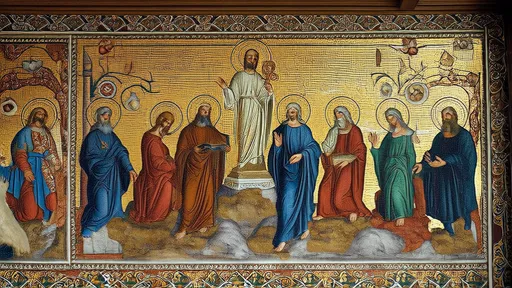
By /Jul 9, 2025

By /Jul 8, 2025

By /Jul 8, 2025

By /Jul 8, 2025
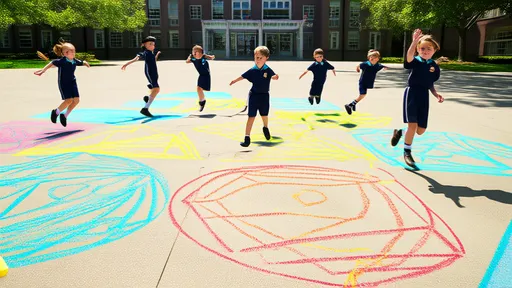
By /Jul 8, 2025
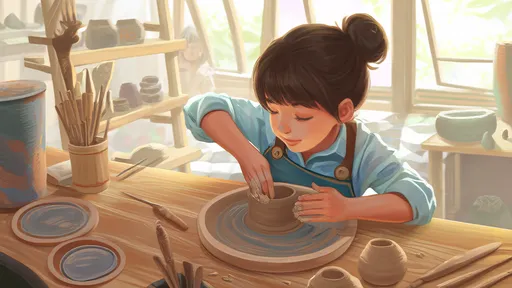
By /Jul 8, 2025
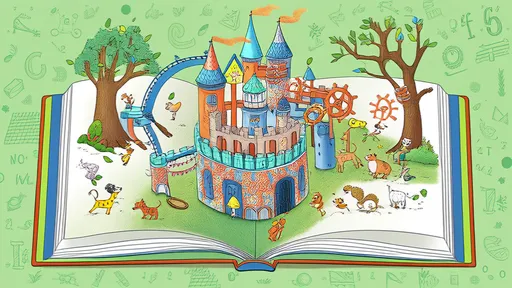
By /Jul 8, 2025
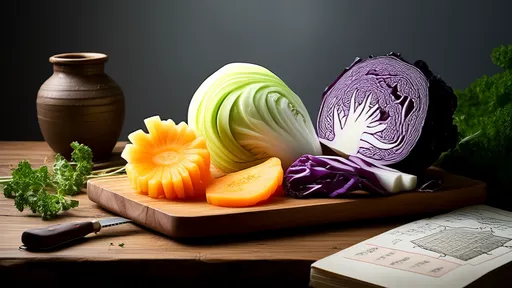
By /Jul 8, 2025

By /Jul 8, 2025
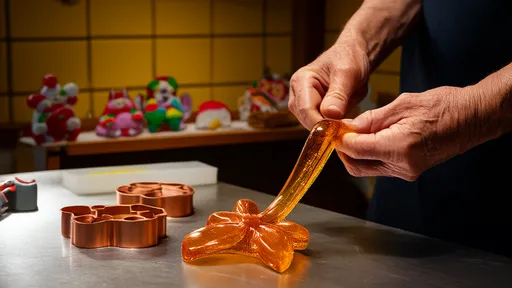
By /Jul 8, 2025
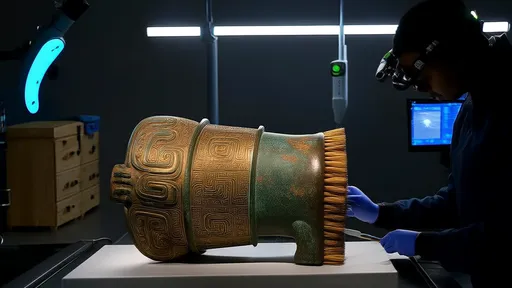
By /Jul 8, 2025

By /Jul 8, 2025
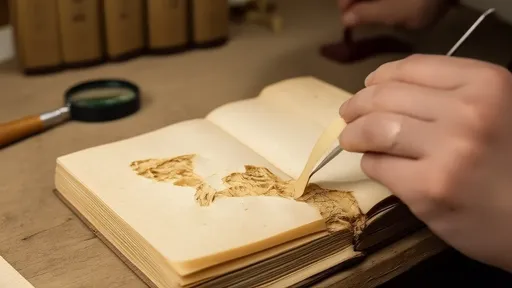
By /Jul 8, 2025

By /Jul 8, 2025

By /Jul 8, 2025
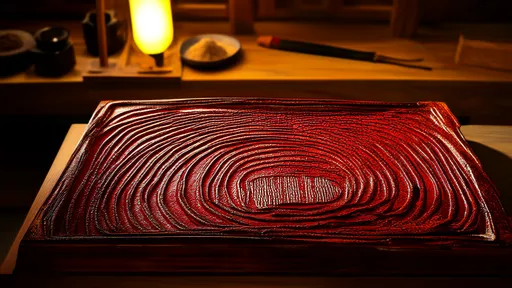
By /Jul 8, 2025
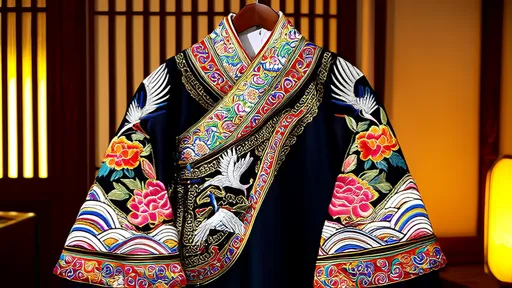
By /Jul 8, 2025